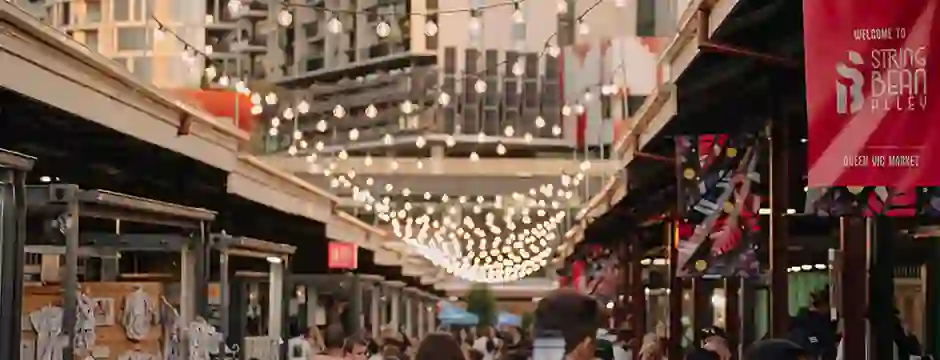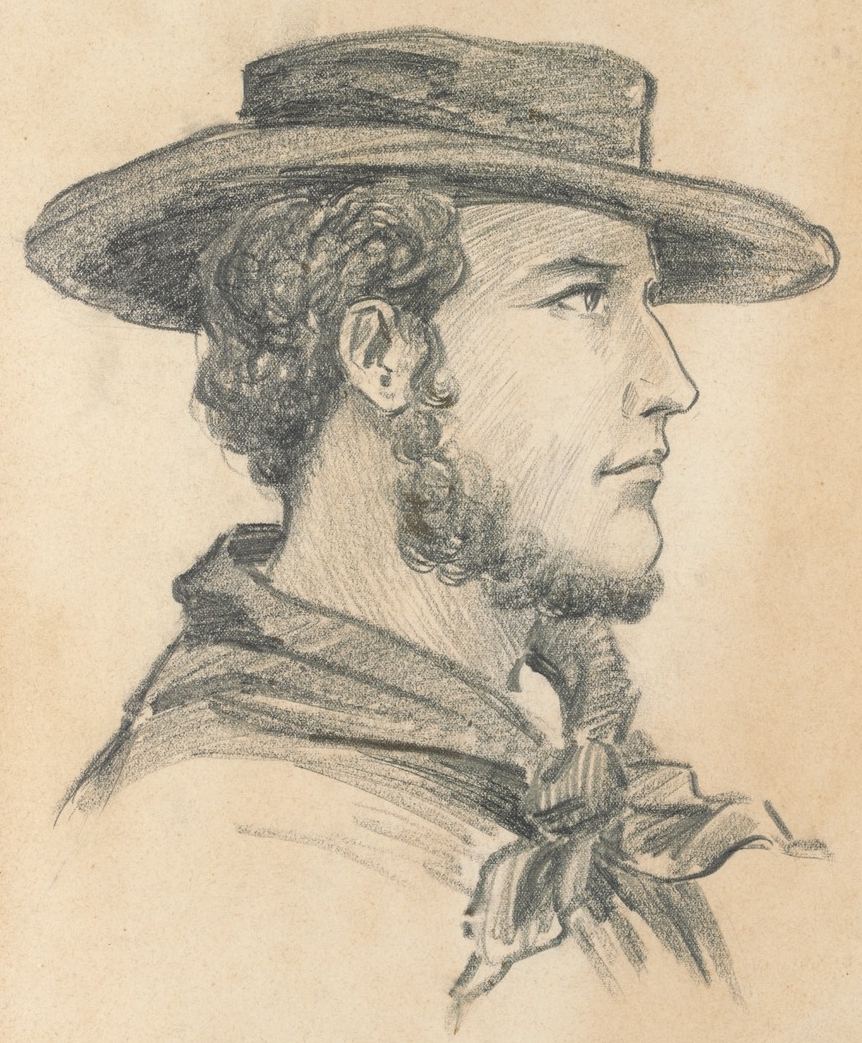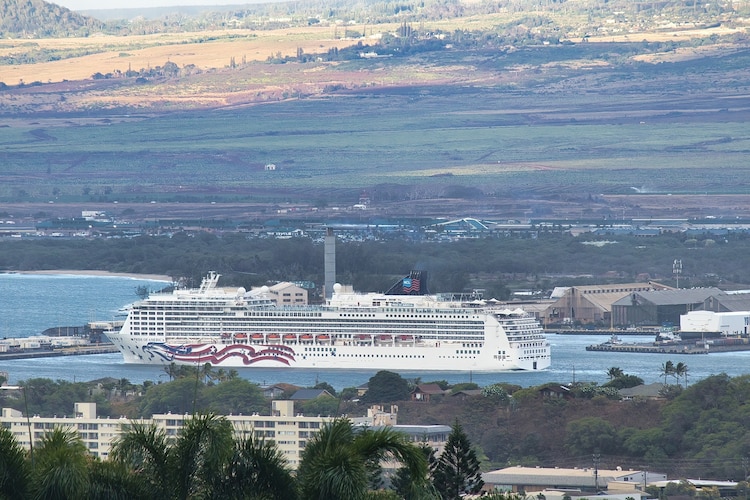
Queen Victoria Market, often referred to as “Vic Market” or “Queen Vic,” is a historic and cultural icon in Melbourne, Australia. As one of the largest and longest-running markets in the Southern Hemisphere, it has played a crucial role in the city’s development, trade, and daily life. This article explores the rich history of Queen Victoria Market, its founders and early management, and the impact of innovation on its operations.
1. The Origins of Queen Victoria Market
Queen Victoria Market stands on land that has been integral to Melbourne’s growth for centuries. Before European settlement, the site was inhabited by the Wurundjeri people, the traditional custodians of the land. The market itself was officially established in 1878, making it over 140 years old.
Early Market Development
Before the market’s establishment, Melbourne had several smaller markets, including:
- Eastern Market (1847-1960s): A competitor that was later demolished.
- Western Market (1841-1960s): Melbourne’s first official fruit and vegetable market.
- Hoddle Market: Operated in the mid-1800s near modern-day Elizabeth Street.
Queen Victoria Market was founded to meet the growing population’s demand for fresh produce, meat, and other essentials, eventually absorbing the old Melbourne Cemetery and other trading sites.
2. Founders and Early Management
While there isn’t a single individual credited with “founding” Queen Victoria Market, it was developed by Melbourne’s early city planners and administrators under the governance of Melbourne City Council. The market was named after Queen Victoria, reflecting Australia’s status as a British colony at the time.
Key Figures in Early Market Management:
Charles La Trobe: As Victoria’s first Lieutenant-Governor, he played a role in establishing Melbourne’s infrastructure, including markets.

Charles Joseph La Trobe (1801–1875) was a British colonial administrator known as the first Lieutenant-Governor of Victoria, Australia. He played a crucial role in developing infrastructure and governance systems in the region.
Early Life and Career
Born in London, England, La Trobe came from a Moravian family with a strong educational background. Before arriving in Australia, he traveled to the United States and Switzerland, shaping his views on governance and societal development.
Role in Victoria’s Development
In 1839, La Trobe was appointed Superintendent of Port Phillip, then part of New South Wales. When Victoria became a separate colony in 1851, he became its first Lieutenant-Governor.
During his tenure, he focused on developing transportation, education, and legal systems. One of his major achievements was supporting the growth of Melbourne as an economic hub, including the expansion of roads and railways.
Impact and Legacy
Charles La Trobe left a significant mark on Australian history. La Trobe University and several monuments in Victoria are named in his honor. He also played a key role in environmental conservation by supporting the protection of green spaces in Melbourne.
For more information about Charles La Trobe, visit Wikipedia.
John Pascoe Fawkner and John Batman: Though not directly linked to Queen Victoria Market, these founders of Melbourne contributed to the city’s early commercial framework.
Who Was John Pascoe Fawkner?

John Pascoe Fawkner (1792–1869) was a key figure in Australia’s history, particularly in the founding of Melbourne. He was known as a settler, entrepreneur, and politician who played a significant role in the city’s early development.
Early Life
Born in London on October 20, 1792, Fawkner arrived in Australia in 1803 with his family as part of an early British colonization effort in Port Phillip. However, the settlement failed, and they were relocated to Tasmania (then Van Diemen’s Land). There, Fawkner engaged in various businesses, including running an inn, farming, and printing.
Role in the Founding of Melbourne
In 1835, Fawkner was one of the main figures involved in establishing a permanent settlement in Port Phillip, which later became Melbourne. Although John Batman’s group also claimed to have founded the settlement, Fawkner played a major role in its development by setting up businesses, including hotels, stores, and Melbourne’s first newspaper, Melbourne Advertiser, in 1838.
Contributions to Politics and Society
As an active participant in politics, Fawkner became a member of the Victorian Legislative Council. He championed settlers’ rights and supported policies aimed at the city’s development. He was also known for opposing slavery and advocating for education and social welfare.
Who was John Batman?

John Batman (1801–1839) was an Australian pioneer known as one of the founders of Melbourne. Born in New South Wales, he played a significant role in the British expansion into Victoria.
Role in Australian History
Batman is best known for the controversial “Batman Treaty” of 1835, an agreement with the Wurundjeri people to acquire land around Port Phillip. He claimed to have purchased the land using items such as blankets and axes, but the British government later nullified the treaty, stating that all Australian land belonged to the Crown.
Impact on Society
As an early settler, Batman played a role in establishing Melbourne. However, his interactions with Indigenous Australians remain a topic of debate. While he attempted negotiations with the Wurundjeri people, European settlement led to significant disruptions for Indigenous communities, including land dispossession and social conflict.
John Batman’s Legacy
Despite his life ending tragically due to syphilis, Batman’s legacy remains visible in Melbourne, with landmarks such as Batman’s Hill and Batman Avenue named after him. In recent years, his role in Australian history has been reassessed, with greater attention given to the effects of colonization on Indigenous peoples.
3. Market Expansion and Changes Over the Years

Throughout the late 19th and early 20th centuries, Queen Victoria Market expanded significantly. Several developments shaped its evolution:
Early Years (1878-1900s):
- The market was initially divided into sections for different goods: meat, fruit, vegetables, and dairy.
- The sheds and market halls were constructed to house traders and provide better facilities for customers.
- The former Melbourne Cemetery, which occupied part of the market’s location, was repurposed to expand trading spaces.
20th Century Modernization:
- By the 1920s, the market was an essential supplier of food to Melbourne’s rapidly growing population.
- The 1930s saw major renovations, including better sanitation and new structures to replace aging ones.
- The introduction of refrigeration and better storage facilities improved food safety standards in the mid-1900s.
Recent Developments (2000s-Present):
- In recent years, Queen Victoria Market has undergone extensive restoration efforts to preserve its heritage buildings.
- The market has adapted to changing consumer preferences by incorporating organic produce, gourmet food, and night markets to attract a new generation of shoppers.
- Sustainability initiatives, such as reducing plastic waste and introducing solar energy solutions, have been implemented.
4. Queen Victoria Market’s Role in Modern Society
Today, Queen Victoria Market remains one of Melbourne’s most vibrant attractions. It is not just a shopping destination but a cultural and social hub that reflects the city’s diversity and community spirit.
Economic and Cultural Impact:
- Home to over 600 traders, many of whom are small business owners.
- A key tourist attraction, drawing over 10 million visitors annually.
- Hosts events such as food festivals, craft fairs, and live performances.
Innovation and Sustainability:
- Introduction of online ordering and digital marketing to modernize its operations.
- Efforts to become carbon-neutral by 2040, with a focus on waste reduction and green energy.
- Expansion of night markets featuring global cuisine, attracting younger audiences and international visitors.
5. Management and Future Plans
The City of Melbourne continues to manage Queen Victoria Market, ensuring it remains a thriving landmark. Future plans include:
- Infrastructure upgrades to enhance visitor experience.
- Further integration of technology for seamless shopping experiences.
- Expansion of cultural programs to celebrate Melbourne’s multiculturalism.
6. What Can You Buy at Queen Victoria Market?
Queen Victoria Market is famous for its diverse range of products. Shoppers can find everything from fresh produce to unique souvenirs, making it one of Melbourne’s most popular shopping destinations.
Fresh Food and Produce
- Fruits & Vegetables: Locally sourced seasonal produce, including organic options.
- Meat & Poultry: High-quality cuts from butchers specializing in beef, lamb, chicken, and more.
- Seafood: Fresh fish, prawns, oysters, and other seafood sourced daily.
- Dairy & Eggs: Local and international cheeses, farm-fresh eggs, and dairy products.
- Bakery Goods: Artisan bread, pastries, and cakes from local bakers.
Specialty Foods & Gourmet Products
- Delicatessen & Charcuterie: Italian prosciutto, Spanish chorizo, and other cured meats.
- Spices & Condiments: Exotic spices, sauces, and locally made jams.
- Honey & Chocolates: Locally sourced honey, handcrafted chocolates, and gourmet treats.
- Coffee & Tea: Specialty blends from Melbourne’s famous coffee culture.
Fashion, Accessories, and Homewares
- Clothing & Footwear: Australian-made and imported fashion for men, women, and children.
- Jewelry & Accessories: Handmade artisan jewelry, leather bags, and stylish accessories.
- Home Decor & Kitchenware: Vintage and modern home goods, cookware, and locally crafted souvenirs.
Arts, Crafts, and Souvenirs
- Australian Souvenirs: Boomerangs, indigenous art, and Melbourne-themed gifts.
- Handmade Crafts: Local artisan products, from ceramics to handmade candles.
- Antiques & Collectibles: Rare finds, second-hand books, and vinyl records.
Market Events and Seasonal Offerings
- Night Markets: A mix of international street food, live music, and artisan vendors.
- Seasonal Festivals: Events such as Christmas markets and summer food festivals.
- Cooking Demonstrations: Live demonstrations from professional chefs.
7. Queen Victoria Market’s Role in Modern Society
Today, Queen Victoria Market remains one of Melbourne’s most vibrant attractions. It is not just a shopping destination but a cultural and social hub that reflects the city’s diversity and community spirit.
Economic and Cultural Impact:
- Home to over 600 traders, many of whom are small business owners.
- A key tourist attraction, drawing over 10 million visitors annually.
- Hosts events such as food festivals, craft fairs, and live performances.
Innovation and Sustainability:
- Introduction of online ordering and digital marketing to modernize its operations.
- Efforts to become carbon-neutral by 2040, with a focus on waste reduction and green energy.
- Expansion of night markets featuring global cuisine, attracting younger audiences and international visitors.
8. Management and Future Plans
The City of Melbourne continues to manage Queen Victoria Market, ensuring it remains a thriving landmark. Future plans include:
- Infrastructure upgrades to enhance visitor experience.
- Further integration of technology for seamless shopping experiences.
- Expansion of cultural programs to celebrate Melbourne’s multiculturalism.
Conclusion: Why Queen Victoria Market is a Must-Visit Destination
From its early days as a fresh food market to its status as a heritage-listed cultural precinct, Queen Victoria Market has stood the test of time. Whether you’re a local looking for quality produce or a traveler seeking an authentic Melbourne experience, the market offers something for everyone. With its rich history, diverse offerings, and ongoing innovations, Queen Victoria Market remains one of Australia’s most iconic marketplaces.









